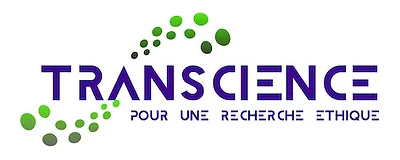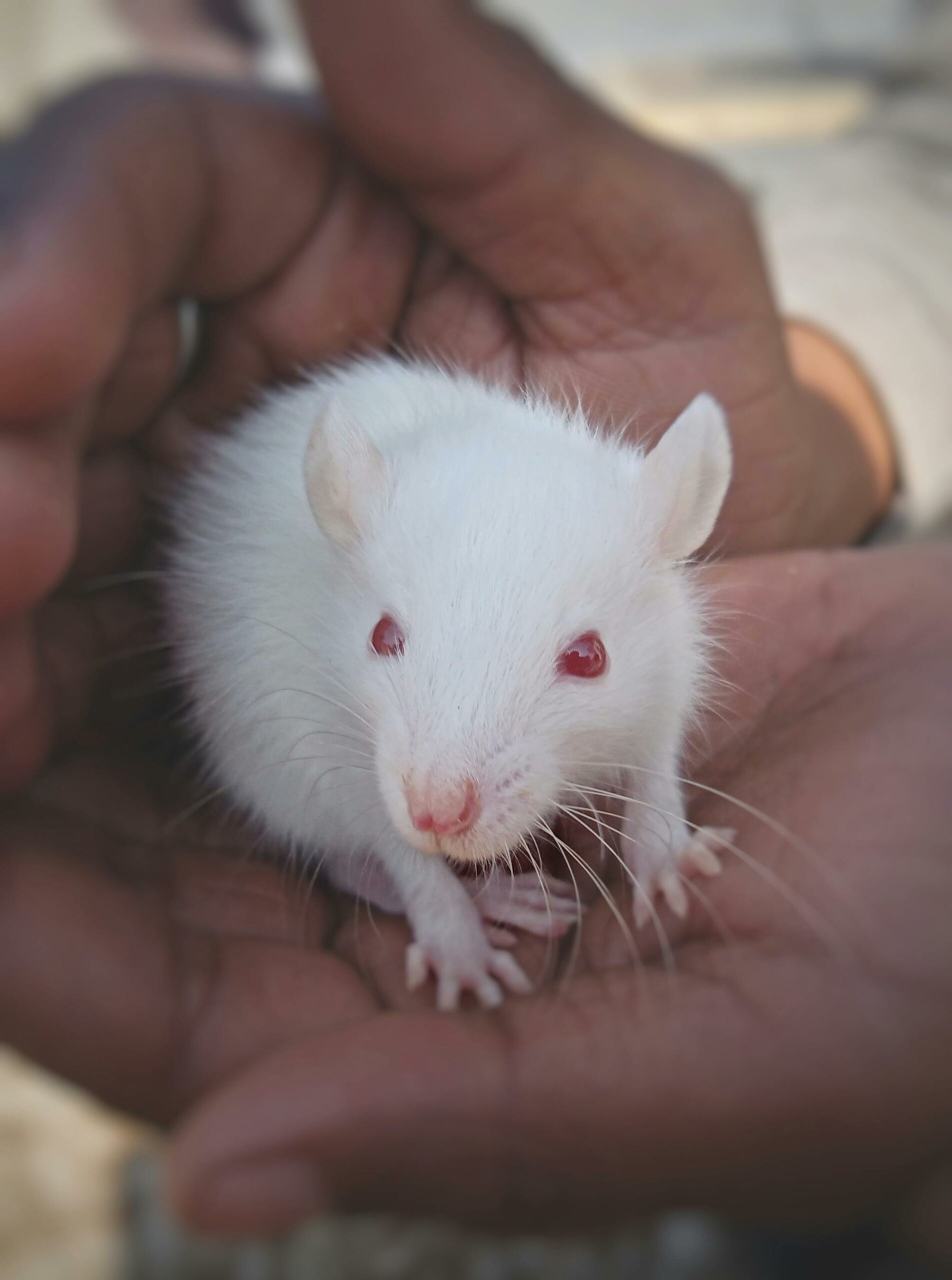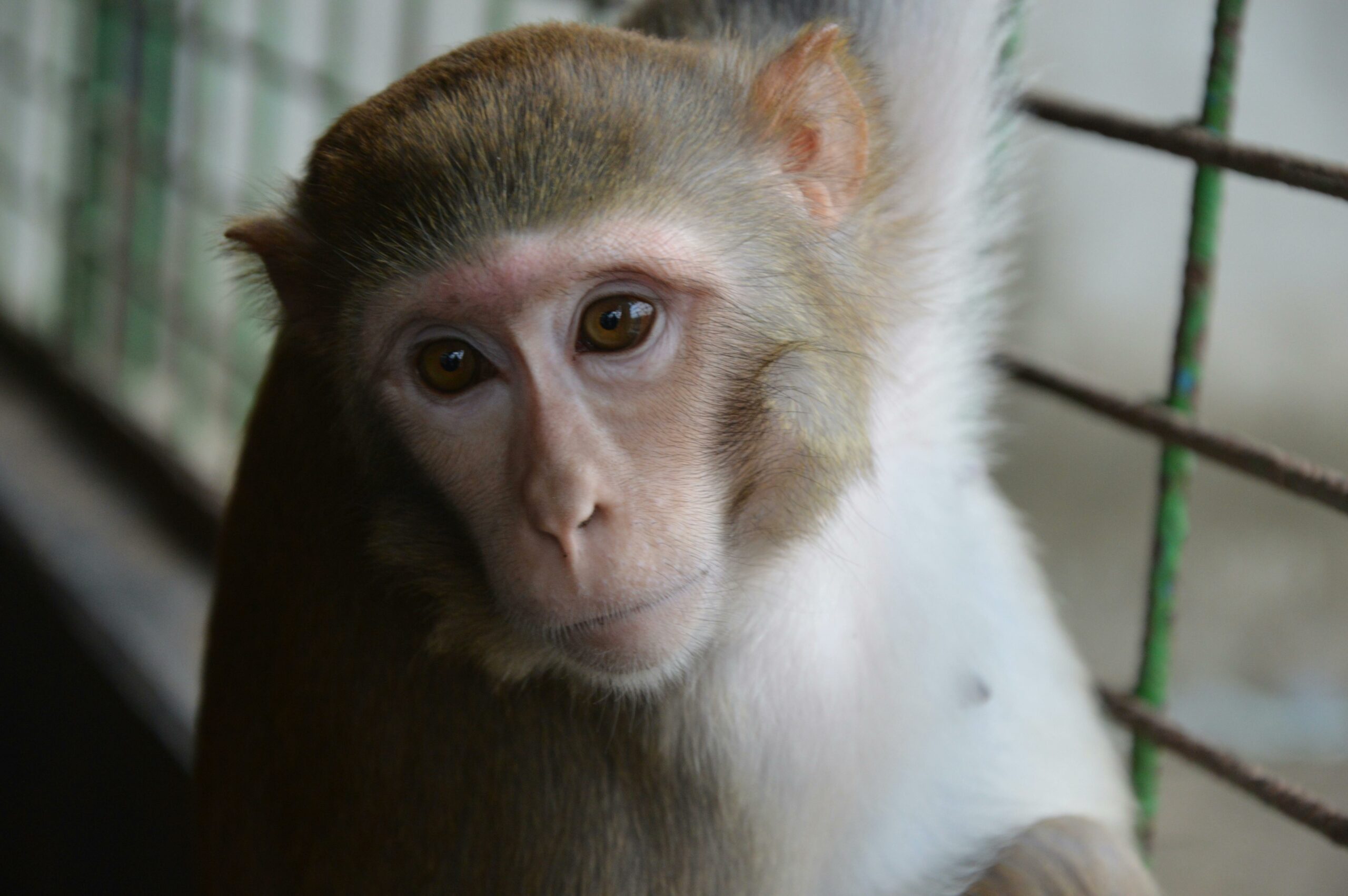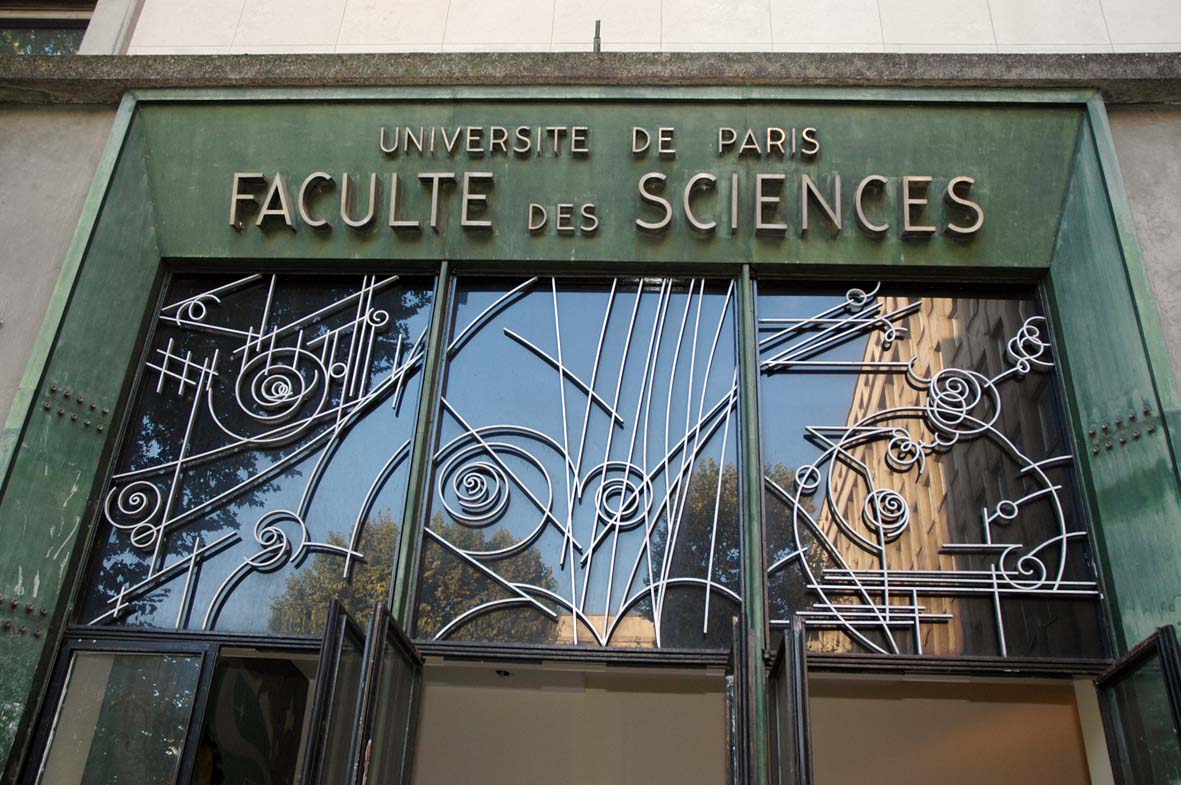Analysis of statistical data on the number of animals used for scientific purposes in European Union member states
In July 2024, the European Commission published a report on the statistical data for the year 2022 from the member states and Norway, as well as a so-called “five-year report” in which animals belonging to categories not taken into account in the annual reports are counted for the year 2022 (the previous five-year report having covered the year 2017).
1 – Annual reports take into account :
- animals used in procedures for research or regulatory testing purposes,
- animals used for the creation and maintenance of genetically modified animal lines.
| EU (excl. UK) + Norway | 2018 | 2022 |
| Animals used in experimental procedures (research, regulatory testing, routine production, teaching) | 8,979,081 of which : – first uses: 8,822,404 – re-uses: 156,677 | 8,477,845 of which : – first uses: 8,385,397 – re-uses: 92,448 |
| Animals used to create genetic lines | 378 876 | 341 233 |
| Animals used to maintain genetic lines | 531 068 | 510 912 |
| TOTAL | 9 889 025 | 9 329 990 (- 5,7%) |
Note: the reference year is 2018 to reason on a constant scope basis. In 2017, the United Kingdom was included in the published statistics, while Norway was not yet.
In 4 years, the reduction in the number of animals used has been just 5.7%, or an average of 1.4% per year.
However, the situation varies according to species and area.
By species, there is a tendency to use less rodents (-12.1% between 2018 and 2022, in first uses), dogs (-41.2%), non-human primates (-5.4%), and on the other hand to use more amphibians (+34.9%), birds (+18.5%), rabbits (+12.1%), farm animals (+5.6%), fishes (+2.7%).
In the description by field, the report stresses the fall in the number of uses for regulatory procedures: – 32% between 2018 and 2022, notably through the use of non-animal alternative methods in the following types of tests: batch safety testing, batch potency testing, pyrogen tests, skin irritation tests, safety testing in the food sector.
Use in basic and applied research is also down (-7.9%).
On the other hand, uses for routine production rose sharply (+34.8%), while uses for antibody production using the ascites method fell by 10.3%. The same applies to the other areas of use: environmental protection (+ 23.6%) and, above all, species preservation (+ 493%, with the number of uses rising from 83,683 in 2018 to 496,041 in 2022); this mainly concerns fish.
2 – The five-year report takes into account animals that are not included in the annual statistics even though they have been used for scientific purposes, but have been bred and killed without having been included in an experimental procedure.
The animals included in the five-year report are as follows:
- non-genetically modified animals, killed without having been used in a procedure, e.g. for organ or tissue collection;
- animals bred and killed for the creation or the maintenance of a genetically altered line:
- animals resulting from the creation of a new genetically altered line which have been produced but killed because they do not have the desired characteristics,
- animals produced during the maintenance of a genetically altered line but killed because they are supernumerary or sick.
But genetically modified animals with damaging phenotypes and those genotyped by an invasive method before being killed are included in the annual statistics.
| Year 2022 | Animals not included in the annual statistical report for EU+Norway | Of which : France |
| Animals produced and killed without having been used in a procedure (excluding animals involved in the creation or maintenance of genetically altered lines) | 3,494,334 of which tissue and organ procurement: 1,308,207 | 647 572 |
| Animals produced, bred and killed from the creation of a new genetically altered line (genetically normal) | 185,842 of which tissue and organ procurement: 20,674 | 93 387 |
| Animals bred and killed to maintain a genetically altered line | 5,892,583 of which tissue and organ procurement: 329,783 | 2 024 975 |
| TOTAL | 9,572,759 of which tissue and organ procurement: 1,658,664 (17%) | 2,765,934 of which tissue and organ procurement: 380,490 (14%) |
Compared to 2017, on an identical scope, the total has not changed. In 2017, 12.5 million animals were counted, including 3.05 million for the UK, while Norway had a very low number of animals in these categories (16,059).
The number of animals in the “line maintenance” category has increased by 42% in 2022 compared to 2017; however, the number in the “conventional animals killed off procedure ” category has decreased by 29% and the number in the “line creation” category has decreased by 60%.
Of the total number of animals bred and killed without having been used at procedure, 80.3% are mice, 10% fish, 5.2% rats and 1.7% poultry. Virtually all species are concerned by this type of use: the list includes 307 non-human primates (101 of which are from France), 304 dogs (240 of which are from France) and 51 cats (4 of which are from France).
Furthermore, the European Commission is astonished that of the 161 cynomolgus macaques killed without having been used in a procedure, only 11 had their organs or tissues removed for scientific purposes, whereas “it would be important for tissues and organs to be used as much as possible “.
Generally speaking, the rate of tissue and organ collection is very low (17% in the EU, 14% in France).
France leads the EU in the number of animals killed without being used (2,765,934), ahead of Germany (2,437,295) and the Netherlands (1,063,330).
The report points out that, since many of these are genetically modified livestock farms, it may happen that a major farm in one member state works for several others. In any case, the aim should be to limit “surplus”.
The Commission’s survey also asks member states what kind of measures they are taking to limit these “surplus”, and many proposals are put forward: cryopreservation of lines, improved genetic modification techniques, use of both sexes (and not just males), use of these surplus for training, improvement of breeding efficiency and quality, exchanges between establishments, setting up of bio-banks, rehoming policy, etc.
COMMENTS
1) About figures and trends
- The overall trend in the number of animals used in these experimental procedures shows a very slight decrease: on average 1.4% per year between 2018 and 2022. This reflects the failure of replacement and reduction measures.
- The five-yearly data completely overturn the order of magnitude provided by the annual statistics: in 2022, the total number of animals used for scientific purposes amounted to 18,902,749 individuals, i.e. double the numbers indicated in the annual statistics.
Moreover, this number of animals killed without having been used has remained stable since 2017. Questions should be asked about the effectiveness and globalization of the application of measures to limit the number of supernumerary animals in the various member states.
2) The figures show a total lack of consideration for animal life
- In 2022, 6.08 million animals involved in the creation or maintenance of genetically modified lines were killed in the European Union, simply because they were produced in excess and did not find “buyers”, or did not have the desired characteristics. As 2022 is not a specific year, we can legitimately consider this number to be approximately that of each year.
- Similarly, almost 3.5 million animals were killed without being used in procedures, a minority of them for tissue or organ collection.
3) The exclusion of “supernumerary” animals from the provisions of the European directive is unacceptable
- When these millions of “supernumerary” animals are considered useless, it’s hard to imagine why they shouldn’t be disposed of as mere waste, without any consideration for their stress and pain. Especially as the regulations make no provision for these animals “not used in procedures”. Only those killed for the removal of their tissues and organs are included in the provisions of the European directive (art. 1- §2).
In view of these “anomalies”, when will the European Commission finally recognize the need to revise the 2010 directive?




